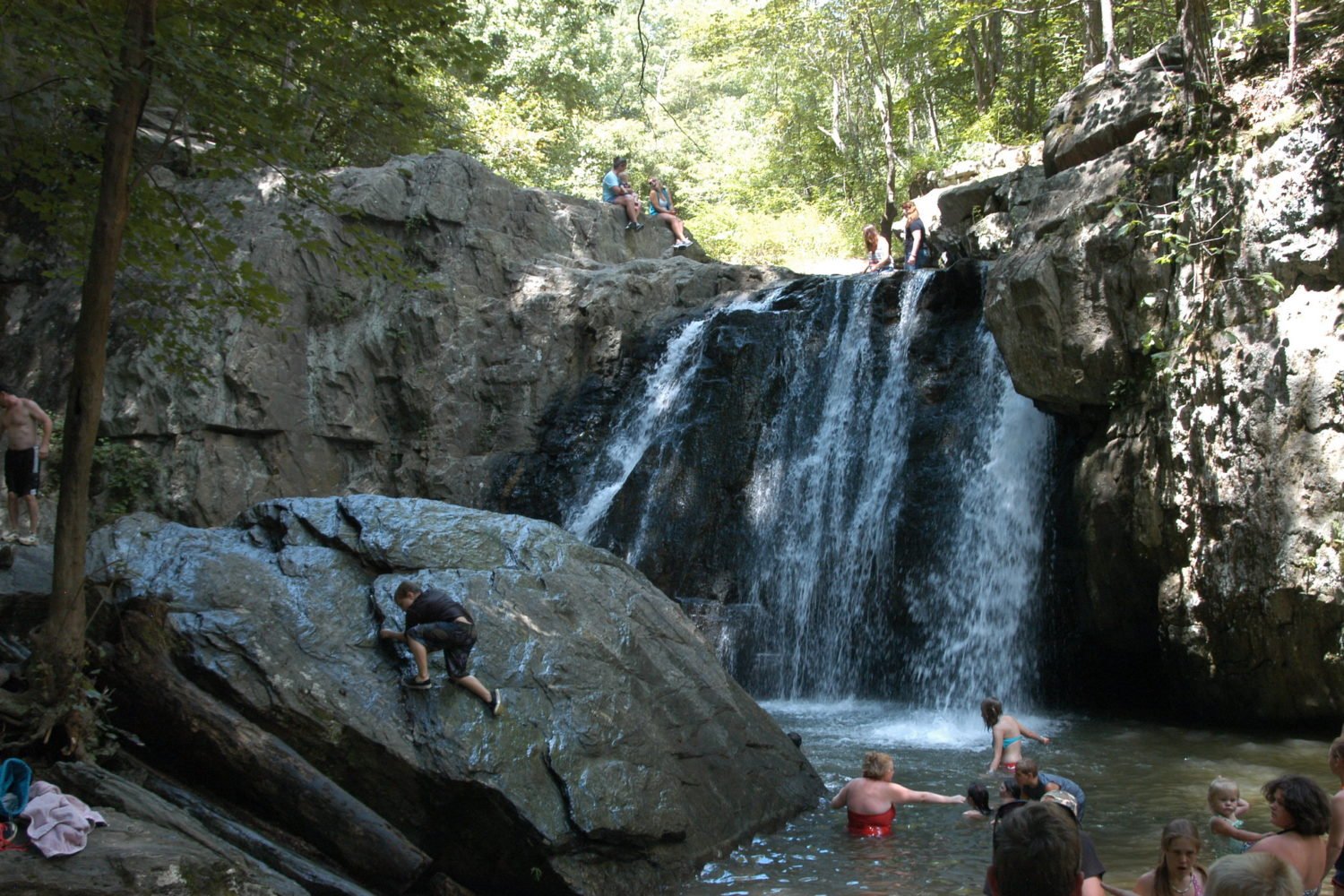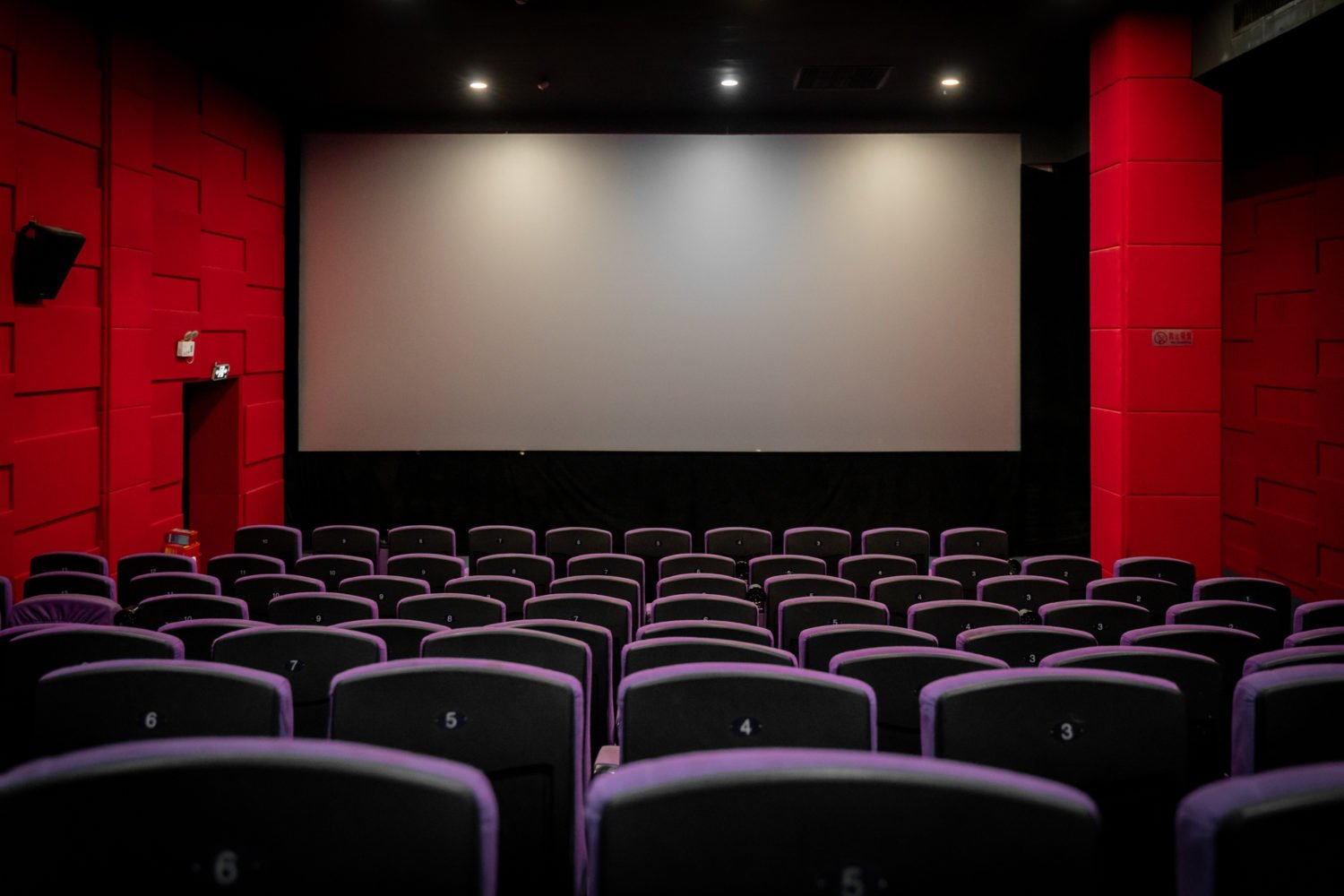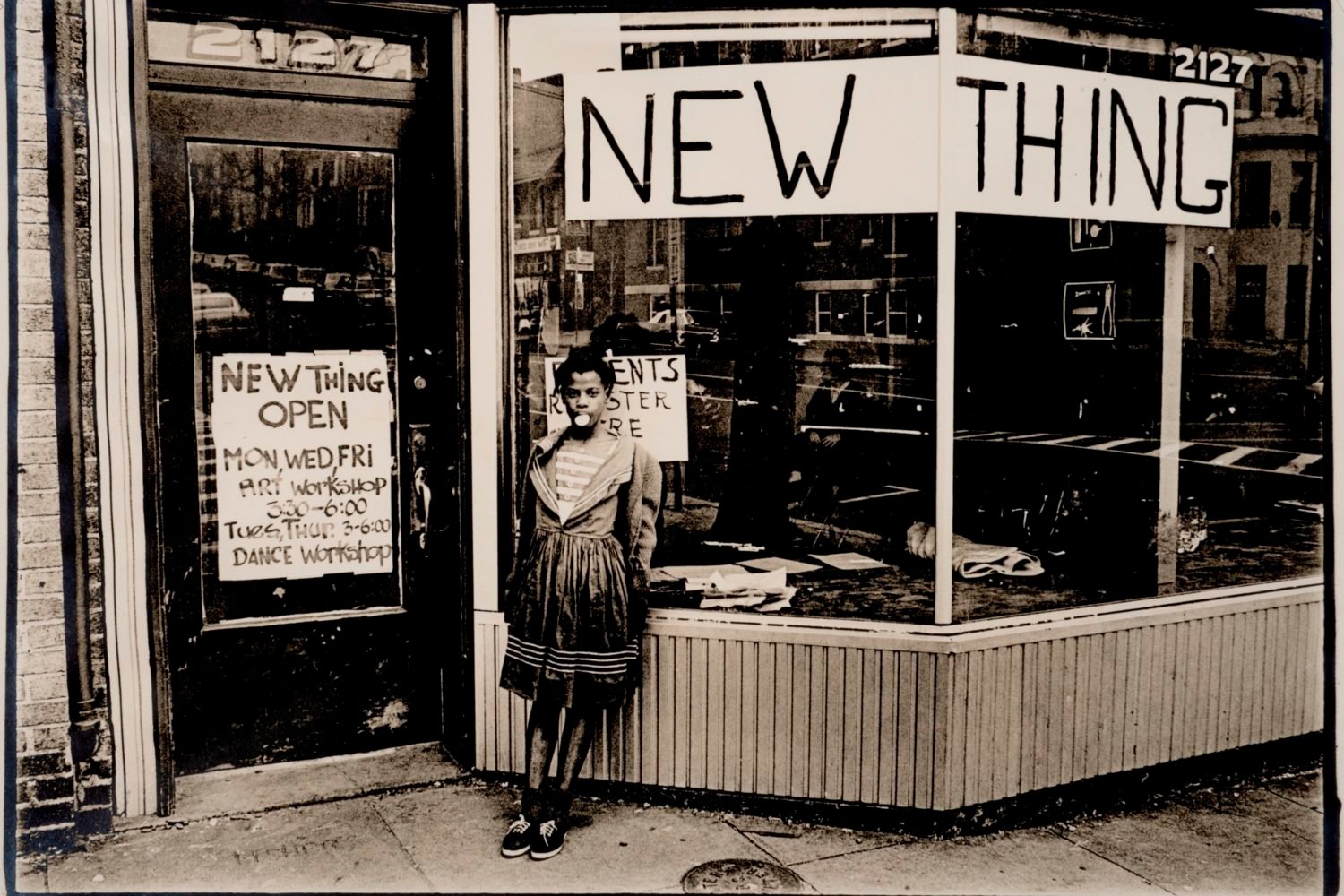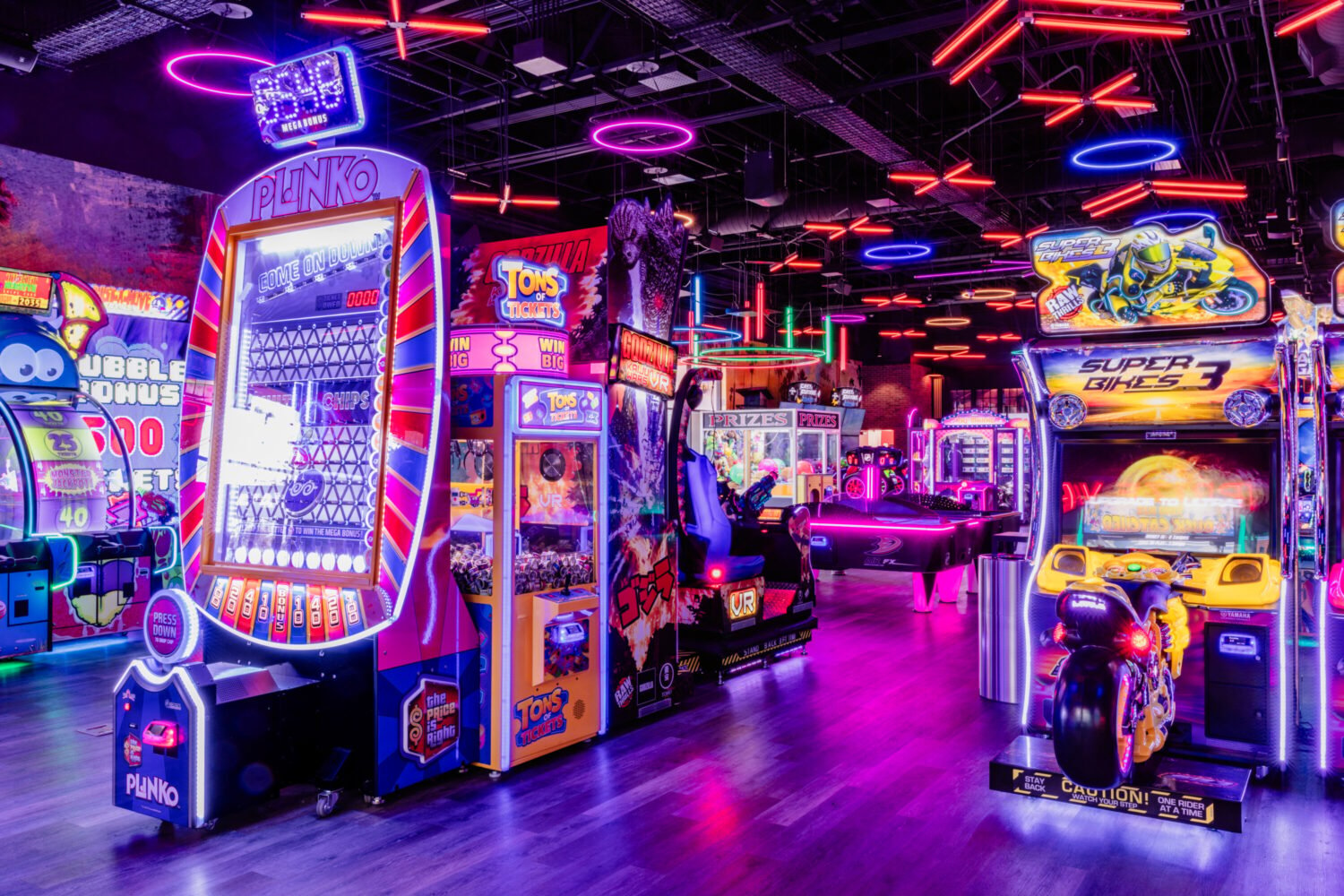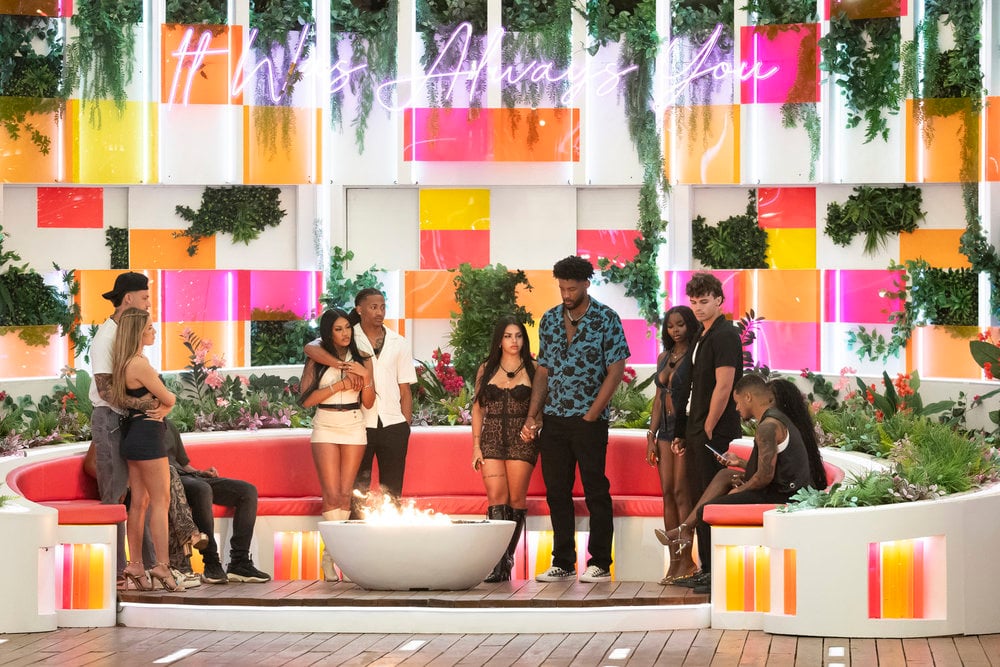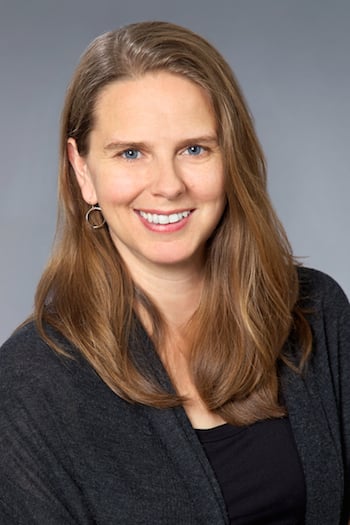 Rebekah Wingert-Jabi’s last documentary was about a small neighborhood in East Jerusalem where Jewish settlers began forcibly evicting Palestinian residents several years ago, sparking protests that were joined—surprisingly—by Israeli activists. For her next one, Wingert-Jabi decided to focus on a very different place: Reston, Virginia, the town where she had grown up, and where she returned to live in 2008.
Rebekah Wingert-Jabi’s last documentary was about a small neighborhood in East Jerusalem where Jewish settlers began forcibly evicting Palestinian residents several years ago, sparking protests that were joined—surprisingly—by Israeli activists. For her next one, Wingert-Jabi decided to focus on a very different place: Reston, Virginia, the town where she had grown up, and where she returned to live in 2008.
Wingert-Jabi’s new film, Another Way of Living: The Story of Reston, VA, looks at the first planned community built in the United States after World War II—with money that its founder made from the sale of a family asset, New York’s Carnegie Hall. Reston was designed to be a three-dimensional town rather than a cookie-cutter suburb, with a full range of housing types and prices, a robust public life stemming from its village and town centers, and swaths of woodlands and stream valleys. (It also deliberately sought racial integration, an anomaly in 1960s Virginia.)
Reston now has almost 60,000 residents, and in 2014, it celebrated a double milestone: the town’s 50th anniversary, and the 100th birthday of its charismatic founder, Robert E. Simon, who put his initials in the town’s name (R-E-S) and lived in the Heron House apartment building on Lake Anne for many years until his death last September.
Another Way of Living will show at the National Building Museum on Thursday as part of the Environmental Film Festival. Washingtonian sat down with the director to talk about Reston, Simon’s vision for a more enlightened suburbia, and how a changing town can preserve the values of its past.
Washingtonian: You lived on the West Bank, and you made a film about a Palestinian teenager facing eviction from his home. That’s pretty different from a suburb in greater Washington. How did you get from there to here?
Rebekah Wingert-Jabi: It wouldn’t seem like this on the surface, but actually in doing both of these films, I found there’s really a core common theme, which is community. The film about Jerusalem is about how one neighborhood responds to the threat of eviction. It’s seen through the eyes of Mohammed, a teenager experiencing this. Israeli activists, who emerge in the story as becoming very concerned about what’s happening, take this dramatic step of crossing over the line between East and West Jerusalem, and [Mohammed’s neighborhood and the activist community] became a community in itself.
And I think that’s the key thread in the Reston film: how central community was to Simon’s vision, and how that notion grew through the residents taking it on as part of what they wanted in their lives, developing institutions that would support that. And to this day, now that we have the Metro here, now that we have redevelopment happening, [we are] seeing that through the [same] lens—asking, “Okay, how does that impact the broader community?”
Official Trailer: Another Way of Living: The Story of Reston, VA from Rebekah Wingert-Jabi on Vimeo.
In terms of my approach to filmmaking, it’s really important for me to find a personal connection to the material. In the case of Reston, I grew up here. I didn’t realize how special my experience was here, and how unique it was, until I left. The first move I made was as a teenager to a nearby suburb. We moved from our townhome to a single-family home. We had a fence surrounding a yard, and finally, we’d gotten the American Dream.
It actually was pretty difficult for me to live in that place. In Reston, I knew every single one of my neighbors. Everyone’s house was like my own house too. I could walk outside [with my friends] and immediately we’d be on a path. We were constantly engaged in the natural world and with each other. In this other situation, I only knew about two of my neighbors, and didn’t feel as connected to nature.
When I went to college, I went around other places in the world: Jerusalem, Beijing, Los Angeles, these incredibly vibrant urban centers which were remarkable in so many ways. But still, there was something about this suburban community in Virginia that was pulling me back. What is it? I had to answer that for myself.
You’re back in Reston now. What’s it like as an adult?
When I moved back here, initially, it felt like Disneyland. I’d been living in Ramallah—I had to get through the culture shock and all that. It was safe; it was quiet. I think my husband [who is Palestinian] is still getting over that layer—I don’t think he’s completely accepted the quietness; it drives him bonkers.
Once it became real again to me, it felt so good. Finally, in my adult life, I don’t feel the isolation I felt so many places where I lived. I feel like I can come to a place like this [Lake Anne Plaza] and I’ll probably run into one or two people.
For a suburban context, there’s a lot of vibrancy. You go to the Town Center, you walk in the streets there—it’s not Manhattan by any means, but there is a vibrancy. And the connection with nature is really important.
There’s something about [the town] having a founder: There’s a great intent behind it. I was shocked to find that almost everyone I talked to had, if not direct engagement with him, at least some knowledge of him. He was so sociable—he was literally out walking around the lake up until he was 100. Obviously, we’re at a defining moment, now that he’s no longer with us. He really served the purpose of giving the community a soul and a compass.
What problems did Reston face in its early years, and why did Simon get pushed out?
Simon was somebody who was determined to make this a quality development. You have [architecture by] Chloethiel Woodard Smith and Charles Goodman, you have not-very-cheap plazas, public art. He was insistent that, when the first residents moved in, they have all the amenities that were promised to them: the pools, the pathways, the tennis courts. Expensive stuff.
At the time, the major investor was Gulf [Oil]. They were getting very concerned about home sales. The money just wasn’t coming in. The early salespeople say location was the key issue. This was the boonies at the time. To get out here, you’re going out two-lane Route 7. And the houses were expensive.
Then there was integration. Simon, right from the get-go, was saying Reston was going to be open to anybody. Early salespeople would tell stories of how other salespeople in the area were essentially telling [white homebuyers], ‘You don’t want to look there, because you don’t know who your neighbors are going to be.’”
Gulf sent a consultant in. Simon was not happy about that; they had disagreements. Gulf had to decide what to do. It was this consultant who ran a computer program analyzing the master plan. The answer was [that Reston] can be viable. So they stuck to it, but at a meeting, [Simon’s] friend took him aside, and said, ‘Either you resign or we’re going to fire you.’ And he said, ‘I’ll let you fire me.’ That was pretty devastating for him.
What are Reston’s biggest challenges now?
There are really exciting things happening. We have transit-oriented developments, we have great architects—Helmut Jahn is doing a building. And Reston Town Center is expanding dramatically. The challenge, I think, is the affordability issue. I think the developments are going to be expensive, and that’s just a reality. It’s something we need to keep our eye on, to maintain the character and diversity we have.
As Reston grows, as people are attracted here for the beauty or its proximity to their workplace, [another] challenge is reminding people of the history of the place, the principles it was founded on. I have no doubt those are probably going to get watered down. That’s just what happens. What’s encouraging is there are community institutions that see it as important. Hopefully the film helps some way in that regard.
This interview has been edited and condensed.





